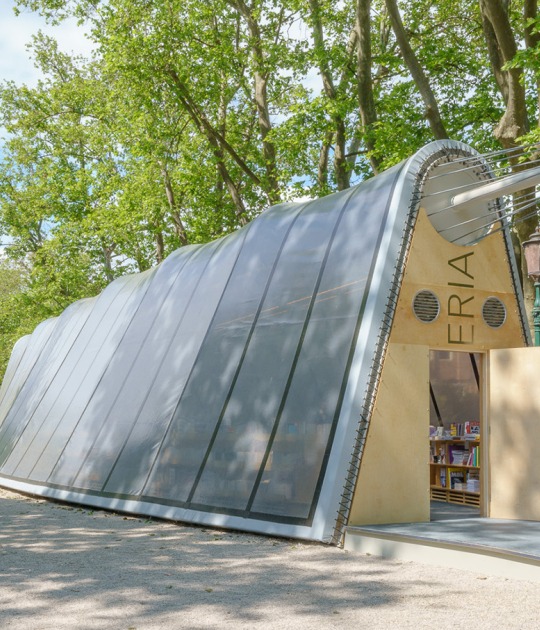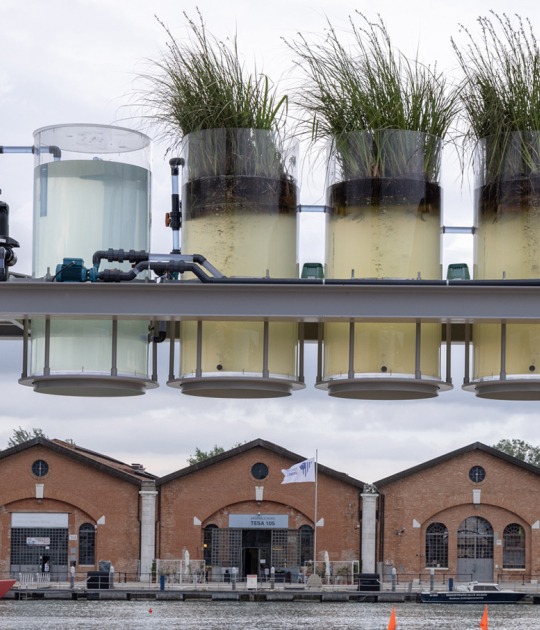txt by José Juan Barba
Finding beauty in complex mathematical data is essentially at the heart of one of the latest art/car collaborations. Japanese digital composer and artist Ryoji Ikeda has translated the entire data of the new Honda Civic into an audiovisual installation with intriguing results.
Exhibited at MUMA (Kraftwerk) on a bespoke 20-meter by 4-meter wall – the giant robust concrete warehouse in East Berlin admittedly adding to the theatrical drama – is a twelve-minute video art with sensual fast-moving imagery and hypnotic music. It is a visual and sensory treat.
The project started in early 2011 with the development leader of the new Civic Mitsuru Kariya allowing Ikeda complete access to the CAD data of the car. ‘This information is confidential and top secret like a CIA file,’ muses the artist following the screening, ‘and we felt huge responsibility.’
Then came the difficult task of translating it all into visual and audio form. ‘When I saw the data I felt like a microcosm – it is so detailed,’ he says. It took around 3000 engineers over four years to create this. ‘And I had to respect what they do.’
Working with his team at the studios in Paris and Tokyo, Ikeda analyzed the data and began to compose his work. ‘A Civic consists of thousands and thousands of tiny parts,’ he says. ‘It is like a human – there are so many organs in it – and that inspired me.’
Asked if the sound triggered the music or the music the sound, Ikeda notes that the process was essentially democratic. ‘The colors, frequencies, music – all come together. It is mostly a mathematical operation.’ Honda’s Kariya later remarked that he could almost see the engineers and designers involved in the project in Ikeda’s installation.
txt by Nargess Shahmanesh Banks in design talks.


![data.anatomy [civic] Audiovisual installation by Ryoji Ikeda data.anatomy [civic] Audiovisual installation by Ryoji Ikeda](/sites/default/files/styles/mopis_news_gallery_first_deskop/public/ml_data_anatomy_civic06.png?itok=j9VtanfI)
![data.anatomy [civic] Audiovisual installation by Ryoji Ikeda data.anatomy [civic] Audiovisual installation by Ryoji Ikeda](/sites/default/files/styles/mopis_news_carousel_item_desktop/public/ml_data_anatomy_civic02.jpg?itok=AfufbpG1)
![data.anatomy [civic] Audiovisual installation by Ryoji Ikeda data.anatomy [civic] Audiovisual installation by Ryoji Ikeda](/sites/default/files/styles/mopis_news_carousel_item_desktop/public/ml_data_anatomy_civic01.jpg?itok=XisHVC5E)























